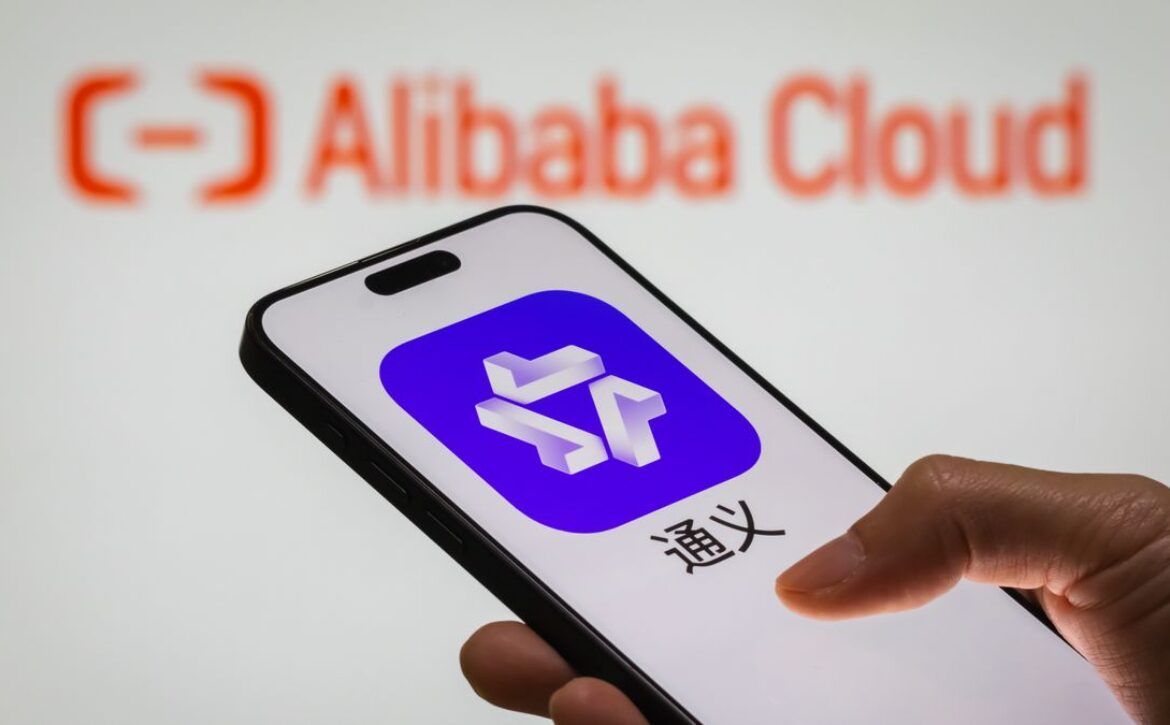-46.jpg)
11 Lessons American Companies Can Learn From Chinese Brands
Published:December 8, 2018
Reading Time:8 min read
Want to read in a language you're more familiar with?
Chinese markets are thriving and there is no denying in that! The communist-turned-capitalist country has been thriving by all leaps and bounds; it now houses s...
Chinese markets are thriving and there is no denying in that! The communist-turned-capitalist country has been thriving by all leaps and bounds; it now houses some of the world’s most lucrative brands.
But have you ever wonder if there is any secret sauce behind the booming success of Chinese brands? Here in this post, we have accentuated some of the lessons that American brands need to learn from Chinese brands. Let’s read along!
 Jack Ma (source: Jing Daily)[/caption]
Jack Ma (source: Jing Daily)[/caption]
 Hugo Bara (source: recode.net)[/caption]
According to Xiaomi’s CFO, Mr Shou Zi Chew, there was a case when a consumer reported the inconvenience of finding the flashlight app when he got drunk and also suggested the smartphone to enable the flashlight by long pressing the fingerprint sensor. Everyone including the users and the teams liked the suggestions and now this is a built-in feature of the Mi UI.
Hugo Bara (source: recode.net)[/caption]
According to Xiaomi’s CFO, Mr Shou Zi Chew, there was a case when a consumer reported the inconvenience of finding the flashlight app when he got drunk and also suggested the smartphone to enable the flashlight by long pressing the fingerprint sensor. Everyone including the users and the teams liked the suggestions and now this is a built-in feature of the Mi UI.
 Tencent (source: asia.nikkei.com)[/caption]
Tencent (source: asia.nikkei.com)[/caption]
 The line just after the opening countdown.(source: Androidpit)[/caption]
The line just after the opening countdown.(source: Androidpit)[/caption]
 mobile videos (source: unsplash)[/caption]
Brands that are planning to embed videos into their marketing strategies can gain a substantial amount of exposure through mobile video advertising across the globe. With the right knowledge regarding ad formats and insights into serving ads, brands can get the best out of mobile video promotion.
mobile videos (source: unsplash)[/caption]
Brands that are planning to embed videos into their marketing strategies can gain a substantial amount of exposure through mobile video advertising across the globe. With the right knowledge regarding ad formats and insights into serving ads, brands can get the best out of mobile video promotion.
Being Globally Available
Running a brand demands a whole lot more than just sitting back, looking at the stats, crunching numbers, and devising strategies. In this highly connected world, your consumers must feel a sense of connection with your brand. You have to be there for your customers to get the ball rolling. During the high profile IPO roadshow of Alibaba, its CEO – Jack Ma visited ten cities across the globe to represent the brand. He gave interviews and accepted the guest spots offered by almost all global business media outlets. The company, moreover, published engaging videos and informative articles using all valuable offline and online platforms to reach the audience across the world. He personally invested his time meeting different government officials, attending international meet-ups, and planning trade associations to make the company reach new heights of success. [caption id="attachment_12670" align="aligncenter" width="720"] Jack Ma (source: Jing Daily)[/caption]
Jack Ma (source: Jing Daily)[/caption]
Valuing Customer Suggestions
Investing customer feedback into the product makes your customers feel a sense of belonging to the company. They feel more connected and valued when their response gets noticed. According to Xiaomi’s Vice President, Hugo Barra, the product managers of the company spend a fair share of their time in skimming through the comments left by the customers on the company’s user forum. The feedback is then constructively used to make amendments and embedding new features in the product. [caption id="attachment_12671" align="aligncenter" width="720"] Hugo Bara (source: recode.net)[/caption]
According to Xiaomi’s CFO, Mr Shou Zi Chew, there was a case when a consumer reported the inconvenience of finding the flashlight app when he got drunk and also suggested the smartphone to enable the flashlight by long pressing the fingerprint sensor. Everyone including the users and the teams liked the suggestions and now this is a built-in feature of the Mi UI.
Hugo Bara (source: recode.net)[/caption]
According to Xiaomi’s CFO, Mr Shou Zi Chew, there was a case when a consumer reported the inconvenience of finding the flashlight app when he got drunk and also suggested the smartphone to enable the flashlight by long pressing the fingerprint sensor. Everyone including the users and the teams liked the suggestions and now this is a built-in feature of the Mi UI.
Personalization with Geo Targeting
Chinese brands have mingled the branding strategies with hyper local geo-targeting to provide their customers with more personalized marketing content. One suitable example of which is the “shake nearby” features in WeChat app that enables the users to locate and connect with the outlets and retailers in their vicinity and receive hyperlocal content (including emails, customer coupons, deals, membership cards and so on).Information Partnerships
Many American brands think that information partnership has something to do with consultancy. In contrast, in China it’s a whole lot more than that. Different Chinese brands are leveraging on customers data by cementing formal partnerships with other entities. These partnerships may include technological integrations to improve marketing automation. Lego, for instance, announced an information partnership with Tencent, which will allow the toy company to capitalize on the Tencent’s customers data in order to personalize marketing automation strategies that can allure the youth. [caption id="attachment_12672" align="aligncenter" width="720"] Tencent (source: asia.nikkei.com)[/caption]
Tencent (source: asia.nikkei.com)[/caption]
Stay Brave and Bold
According to Facebook’s CEO, Mark Zuckerberg, “in a world that’s changing really quickly, the only strategy that is guaranteed to fail is not taking risks”. Brands that take risks, innovate new ideas, and stay bold are the brands that people notice. Xiaomi has a personality of its own that makes it outperform other similar brands in the market. The word ‘Xiaomi’ means ‘millet’ which connects the brand with China’s communist past, as the name is believed to stem from the revolutionary idiom"xiaomi jia buqiang” meaning 'millet and rifle'. The cuddly rabbit in Xiaomi’s former logo design wearing an Ushanka (Lei Feng hat) and a red scarf of Young Pioneers (Soviet Union’s youth organization) represented a combo of contemporary and postmodern cultures in a charming and edgy way. Logos—these days—need to be outside the box and thus the brands should team up with their logo design company to carve a logo that can effectively sum up their whole story and present a distinctive persona.Focus on the word of mouth advocacy
We, as social animals, love to exchange ideas and experiences with others in our circle. Posting one’s experience at a restaurant or café on social media is nothing new! We have all been there and done that. This is what constitutes “word of mouth marketing”. It involves circulating the information of a brand or product organically through natural channels. The Shenzhen-based Chinese smartphone company, OnePlus has earned a user-base through word-of-mouth marketing. The wonders of digital media may be astounding, but the company also leveraged the offline mediums for marketing. Back in 2016, to launch its OnePlus 3 smartphone, the company kicked off a Euro tour covering important cities of Europe, bringing the smartphone to people instead of waiting for the consumers to come to them. This helped the company achieve a global customer-base, with only 20 percent of its customers being Chinese. [caption id="attachment_12685" align="aligncenter" width="720"] The line just after the opening countdown.(source: Androidpit)[/caption]
The line just after the opening countdown.(source: Androidpit)[/caption]
Capitalize on the mobile videos
Mobile video advertising is the current big thing in the marketing arena, especially in China. During the third quarter of 2017, the mobile video advertising market in China acquired 8.657 billion RMB ($1.257 billion USD). By launching “vertical screen” video advertisements, Douyin shed light upon the role of mobile in branding. Many brands such as Chevrolet, Airbnb, and Harbin Beer utilized the platform to share short video ads that resulted in 5 million views and over 30K likes. [caption id="attachment_12673" align="aligncenter" width="720"] mobile videos (source: unsplash)[/caption]
Brands that are planning to embed videos into their marketing strategies can gain a substantial amount of exposure through mobile video advertising across the globe. With the right knowledge regarding ad formats and insights into serving ads, brands can get the best out of mobile video promotion.
mobile videos (source: unsplash)[/caption]
Brands that are planning to embed videos into their marketing strategies can gain a substantial amount of exposure through mobile video advertising across the globe. With the right knowledge regarding ad formats and insights into serving ads, brands can get the best out of mobile video promotion.





